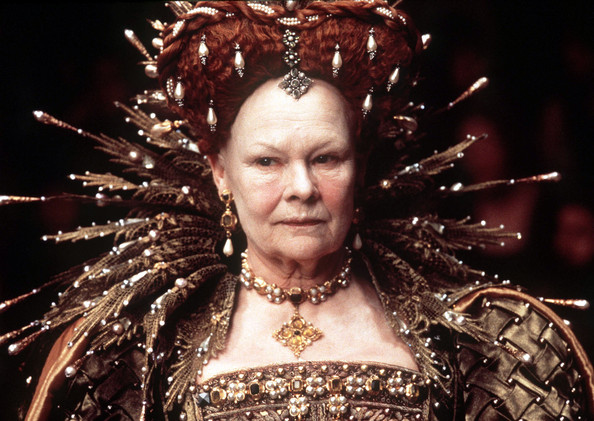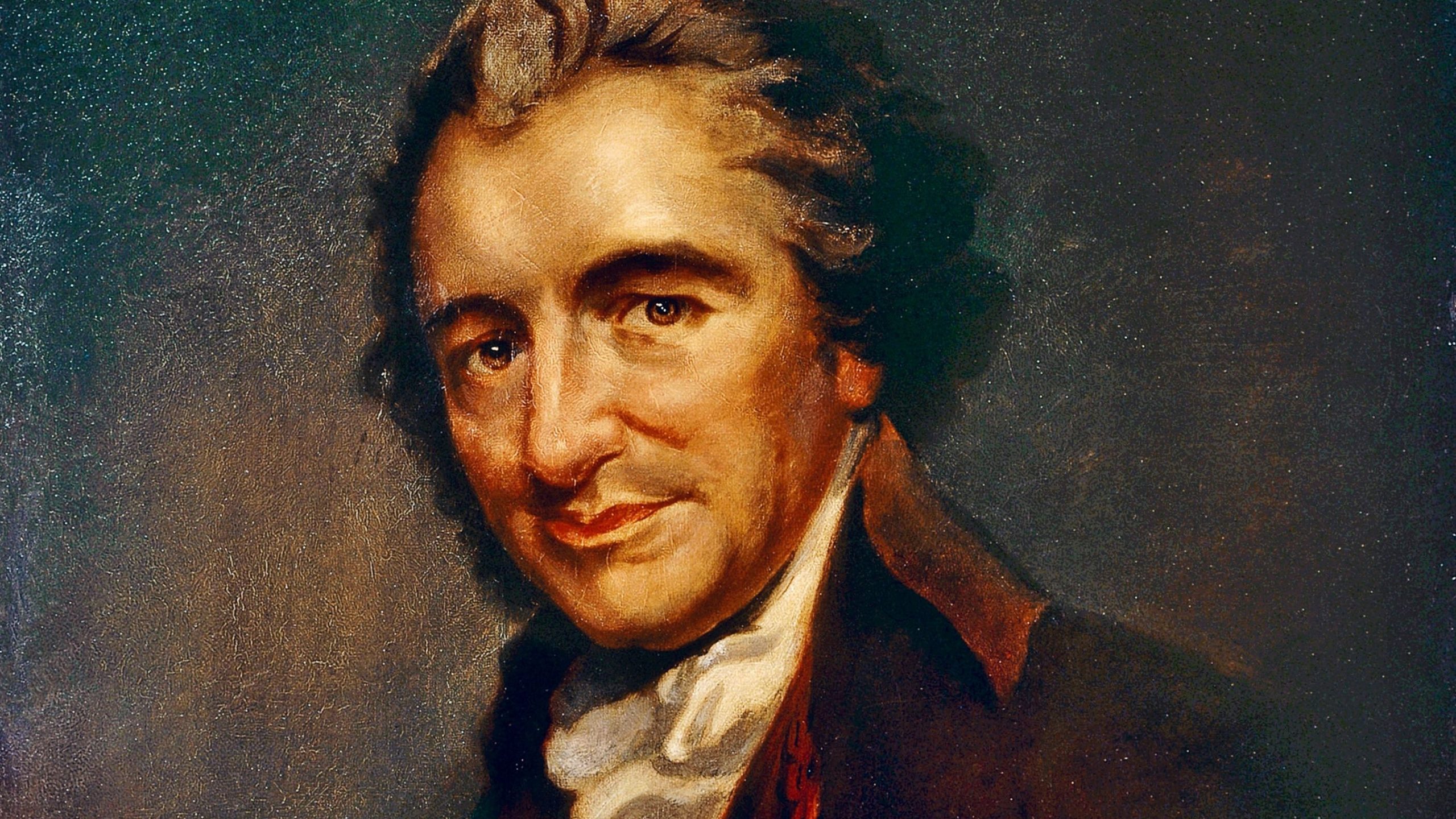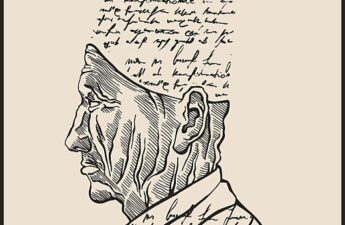I saw “Shakespeare in Love” last night for the first time since I saw it in a theater in Cincinnati in 1998.
The film won the Best Picture Academy Award that year, as well as a Best Actress (Gwyneth Paltrow) and Best Supporting Actress (Judy Dench).
Since the (fictionalized) story was about Shakespeare’s writing and producing on stage “Romeo and Juliet” – it obviously had a fine cast of male supporting actors since plays in Elizabethan England in that period were comprised of male-only casts.
I recommend you see it if you haven’t already.
Now, I’ve always been a fan of period pieces; the costumes, the sights and sounds of everyday life, and especially the patois, the vernacular of the commoners and royals of England in 1600. One of our best friends here, Lady Impact Ohio, has a real passion for the dress and manners of the courts of Europe and would have taken keen notice of how royals and their attendants were dressed and behaved, and how quickly an aristocrat could step outside the confines of a manicured estate into the muck and mire of a London street, horse poop and house slops everywhere.
But the story was about love, not fashion, and by love I mean romantic love, not Biblical love-thy-neighbor agape love. And early on Queen Elizabeth sets the stage by asking the question, and making a bet, with an aristocrat who owned a Virginia plantation and had come to England to obtain a wife, “Is there such a thing as true love?” (He had come to England to gain the Queen’s permission to take Gwyneth Paltrow as wife and fetch her back to America. Her father’s holdings were his main concern, and was cynical about true love.)
Interestingly then, this is where “love” and “class” intersect, for at this time in history romantic love had absolutely nothing to do with marriage, while the securing of property had everything; at least among those who owned property. No one ever bothered to find out about what commoners felt about love, or even property since they had so little, but, according to my son, who actually took a class on the subject in college, William Shakespeare is largely given credit with having “invented” romantic love in literature. As you can see from the street people of London who filled that first theater to see “Romeo and Juliet,” “love” had a telling effect. He had created a genre.
Interestingly, America is largely credited with having brought romance and love into the national matrimonial conscience, in part, because it was the first nation in the world where men were free men per se, and could own property (land) simply by settling it, clearing it and building a real house on it. Under these circumstances, love took on an entirely different, and more vital survival aspect to culture that, to my mind, the Europeans never quite captured in the 600 years since Shakespeare.
(We were the first to invent Hollywood, and a working class who could afford the tickets, and the first to invent the RCA record player, and the first who could afford a nickel for a juke box.)
Today the world’s elites still move in their same original direction as they always have, where love is rarely a first condition for marriage, more often with loveless marriages, centered more around protecting property and station. I’m sure there are exceptions.
So, back to 1998 and the opening of “Shakespeare in Love.”
I had only bought my first computer, a little Compaq, my first email address, AOL.com, and never heard of Fox or Drudge until 2000. So it must have been the Time Magazine movie reviews that drew my attention to this film as a “must see.”
I have to give you a little lay of the land here, as I lived just across the famous Roebling Suspension Bridge across the Ohio River to downtown Cincinnati. I ran there almost every day. The I-75 bridge was a mile downstream, and I-75 curled around the city about 25 miles, as circles most metro areas these days. At the very apex of that circle the highway turned due north, headed for Detroit. It was at that place, called Blue Ash, that most of the upscale white collar professionals (we called them “yuppies” at the time) lived.
Following I-75 south, up a long hill off the river’s edge, about 10 miles there was another big commercial area, where one turned to go to the Greater Cincinnati Airport, which for years I used beginning my various raids into eastern Europe and Russia.
At that place there was (still is, I assume) a huge mall, sort of a “Welcome to Kentucky Y’all” mall, and it was there I went to see all of the best films of the day. They had a huge multiplex, at least 12 theaters. And being close to Cincinnati’s inner city, just a few miles south, and Kentucky’s farmland east and west and south, they always had a broad array of choices.
But when “Shakespeare in Love” came to town I couldn’t find it in my Kentucky theater listing. So I checked Cincinnati’s, only no showings on their east end mall or west end theaters either.
It was only showing at one theater, in Blue Ash.
One had to wonder why a film so nationally recommended would show at only one theater of a city with a metro population of over 2 million? I showed up at the late afternoon showing on Saturday. It was a big venue, maybe 300-400 people. I noticed in picking a seat, very few couples in the expected age group of 25-30 (who would be nearing 50 now). Instead what I did see was streams of young girls coming in, in groups of three or four, some African-American and some white, but none dressed as you would expect yuppies to dress, instead, blue jeans and the like.
Once the film began, the last piece of the puzzle was complete.
You see, the entire film was in period speech, and actually difficult to follow, entirely Elizabethan. Yet here were young women clearly “not from this neighborhood,” who traveled over 25 miles (the parking lot was filled with pickups with Kentucky plates, and older model cars) to watch in quiet romantic wonderment a play-within-a-play that clearly, both the producers of the film and regional promoters believed would be completely over their heads, speaking a language they should never be able to understand.
Who told them? What ad reached them? What word-of-mouth campaign sent those girls out there to Blue Ash, 25-35 mils away? What laws of class did they breach to see a film that was not produced for them to see or enjoy?
While in Cincinnati I taught college courses for young inner city women…mostly…and young men, to get their associate degrees and go out and earn a living. The girls were interested in my lectures while the males seemed bored, and many slept. American Government can be dull. To liven things up, ss a part of exams I would ask silly questions, such as “Who was the greatest jazz singer?” One girl wrote “Sarah Vaughan” and I asked her why.
Her answer:”I’d just like the meet the man she is singing her songs to.” All the men just sort of slunk under their desks.
The answer to that steady stream of cars from Kentucky and Cincinnati’s inner city was found in that simple reply. Young women still wanted to be wooed.
In later years, I’ve seen this same phenomenon, so, like a gem, I’m always thrilled when I find it. So I know this was no fluke.
I’ll bet you thought I was going to say something about Donald Trump in all this. But he may be a beneficiary 20 years later. I wouldn’t be the least bit surprised to learn that Diamond and Silk saw it, as would have Laverne and Shirley from another time.
Go see it again and tell me if I’m wrong. Look for the embedded class distinctions.




